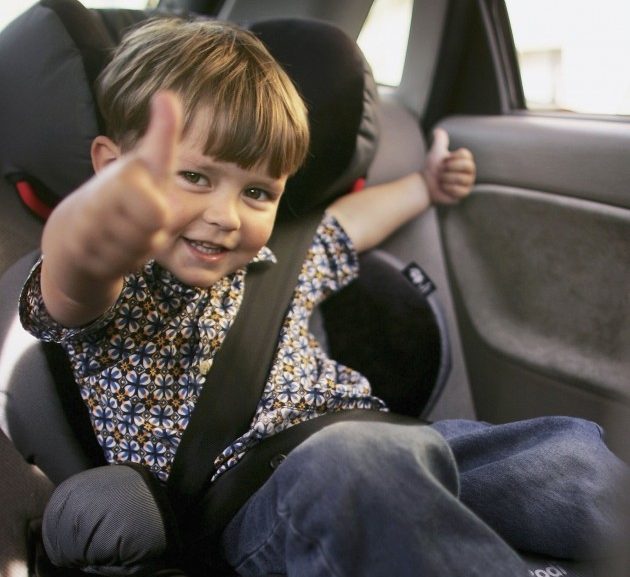KIA car is the best option for our and our children safe. All the options you need to want in one car, smooth driving, latest technology, Best material detailing, and reasonable prices. Children Safety, Air Bag Safety Adults Move the seat to the rear as far as possible, while still being able to reach the pedals comfortably, especially for shorter people. Slightly recline the back of the seat. If the steering wheel is…
Car Air Bag Safety
Adults
- Move the seat to the rear as far as possible, while still being able to reach the pedals comfortably, especially for shorter people.
- Slightly recline the back of the seat.
- If the steering wheel is adjustable, tilt it downward. This points the airbag toward your chest instead of your head and neck.
- Pedal extenders can be used to help get further away from the airbag.
- Both lap and shoulder safety belts should always be used in vehicles equipped with airbags.
Car Safety for Children
Children and airbags do not mix
- All children under the age of 12 should ride in the back seat.
- Airbags can seriously injure or kill children who are sitting in the front seat. Children can easily slide off the seat during pre-crash braking, throwing them against the dashboard where the airbag can strike them on the head or neck with tremendous force before it is fully inflated.
- A rear-facing infant seat should never be placed in the front seat of a vehicle equipped with an active passenger airbag.
- If a child over one year old must ride in the front seat with a passenger-side airbag, put the child in a front-facing child safety seat, a booster seat, or a correct fitting lap/shoulder belt– AND move the seat as far back as possible.
Car Safety for Children FAQ
1. What is the Child Safety Seat Distribution Program?
The Child Safety Seat Distribution Program focuses on keeping children safe by providing child safety seats at no cost to families that meet income eligibility requirements to ensure that they are in the best child seat for their height and weight until they are at least 4’9″, At 4’9″, most children can safely wear a seat belt.2. What is the current South Dakota law concerning child safety seats?
Effective July 1, 2001, all occupants of a vehicle 17 years of age and under must be buckled up. Children under 5 years of age and under 40 pounds are required to use an approved child safety seat in all seating positions. This is a primary offense, which means a driver can be stopped for having children or youth not restrained in their vehicle even without another violation. Drivers are responsible for all passengers 0-17, which means you can be ticketed for not having children or youth properly restrained. This violation is a petty offense.3. How do I determine which child seat is best for my child and my vehicle?
You should always read both the vehicle owner’s manual and the instructions that come with the child safety seat. It’s important to remember the “best” child safety seat is the one that correctly fits the child, the vehicle, and is used correctly every time.4. What type of Children Safety Restraints are available?
The Child Safety Seat Distribution Program distributes rear-facing, forward-facing, and booster seats to income-eligible families across South Dakota as well as those who have children with special needs.5. Can I use a second-hand seat?
Purchasing seats from garage sales and re-sale shops is not recommended. However, you may use a second-hand seat if the seat is not expired, is free of recalls, has not been involved in a crash, all the labels are on the seat, the instruction manual is present, you know the individual who previously owned the seat, and you know the history of the seat.6. What are the common misuses of children’s safety seats?
- Harness too loose
- Clip too low (could result in injury based on where located)
- The seat does not fit the child’s height and weight
- Infant seat not reclined to 45 degrees
- Seat not tight (should not move than 1 inch to either side)
7. When can my child move from a rear-facing to a forward-facing seat?
The best way to keep your child safe is to keep him or her rear-facing as long as possible. The American Academy of Pediatrics recommends that infants be placed in rear-facing seats until they reach the top height or maximum weight limit allowed by the car seat manufacturer. A child should NEVER be switched from rear-facing to forward-facing before one year old AND 20 lbs. Please read the seat manual as many seats are approved for children over 20 lbs to ride rear-facing.8. When can my child sit in the front seat?
Children age 12 and under are safest riding in the back seat. Kids are safest when riding in the rear middle seat. REMEMBER: Never place a rear-facing infant seat in front of a passenger airbag.9. When is my child ready to use a seat belt?
Until age 8, most children have not developed strong hipbones, and their legs and body are too short to allow for the proper fit of a safety belt. Safety belts are designed for adults. Always check the belt fit on the child in every vehicle. A belt-positioning booster seat may be needed in some vehicles and not in others.To be able to fit a safety belt, a child must:
- Be tall enough to sit without slouching,
- back against the vehicle seat back,
- knees completely bent over the edge of the seat,
- Keep feet flat on the floor.
- Be able to stay comfortably seated this way.
- The lap belt must fit low and tight across the upper thighs. The shoulder belt should rest over the center of the shoulder and across the chest. NEVER put the shoulder belt under the child’s arm or behind the child’s back. This can cause severe head injuries or internal injuries in a crash. If the safety belt does not fit properly the child should use a belt-positioning booster seat.
Car Safety for Children this topic for your child safety because we love to save our children from any incident. Drive carefully for you and for your family.
Car Safety for Children














[…] and injuries. So how do we prevent that happening to us, friends & families? Here are some important things you should do to ensure the safety of your friends and […]
[…] KIA CERATO SAFETY […]
[…] Brakes, road grip, and seat belts to high safety ratings, there are many factors to take into consideration. But especially for new parents who are putting a […]
[…] amps (CCA) measures your car’s starting power at 0 degrees Fahrenheit. This number is especially important if you live in a place with cold […]